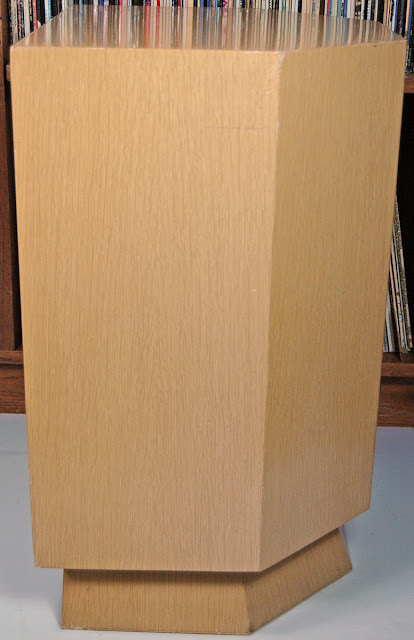Gentle reader,
Some time ago, I did a posting on the two airsoft pistols I'd bought via eBay. One was a replica of the iconic Colt Model 1911.
The real pistol came out in 1911 and was issued to the US Military. They needed a pistol with more "knock down" power than the 38 caliber revolvers they were using. It seems that drug-crazed Filipino rebels could take numerous hits from 38s and keep on coming.
The 1911 is a 45 caliber semiautomatic pistol. Colt invented the rounds as well. Commonly referred to as "ACP". i.e., 45 ACP rounds.
Back to the airsoft pistols. They shoot 6mm plastic balls either through a spring-loaded ram or with gas pressure like a real gun. The difference is the gas is not ignited. Compressed CO2 was first used and still is. Airsoft often uses "Green Gas" which is propane with a little silicone oil mixed in. A far cheaper way is using propane alone and oiling the gun parts from time to time.
Now, the really fun ones are fully metal and have working "slides" the piece on top around the barrel that one "slides" back to chamber a round and cock the gun. The design is called "blow back" often combined to one word: Blowback.
Since writing about the two versions of the 1911s I'd bought, I'd found two airsoft copies of the pistol that replaced the Colt Model 1911: The Beretta M9 or M92. There was much teeth gnashing over buying a "foreign" gun for the US Military. However, they tested numerous pistols from many makers and the Beretta was the best.
The first one I won was made by Western Arms in Japan. One of the premier airsoft makers. In fact it is the only fully licensed replica of the real Beretta M9. The second one was made by Kuan Ju of Taiwan. Made mostly of metal with some polymer parts, it weighs nearly what the WA models does.
Below, the first photo shows, left top, standard M1911. Left bottom, the customized "tactical" 1911. Top right is the Kuan Ju (KJ) M92, and bottom right the Western Arms (WA) M92.
Below is the pair of Beretta M9 or M92s. The KJ on top, the WA on the bottom.
Below is the KJ on the left, WA on the right:
And finally below, another view, KJ on the left, WA on the right.
Below is the KJ with the slide open and the magazine removed showing the left side of each:
Note the styized "KJ" on the grips. Same model from the right side is below:
Below is a detail shot showing the stamped makers name and location:
Below is several detail shots of the Western Arms (WA) model. The KJ, as stated has some polymer parts. The WA is all metal except for the grips.
Take a look below at the stamping on the WA model:
Below, the Beretta symbol on the grip. Compare it to the KJ grip above:
Here's another stamping detail shot. Note that the previous owner for some unknown, and stupid, reason tried to obliterate the markings. WTH?
Below is the plain M1911 with the required orange/red tip installed as well as the magazine removed and the manual:
Below is both sides with the slide locked back:
Below is the "tactical" or customized model 1911. A real one like this could cost more than $1,000:
Below is the top with the slide open, and below that the view up through the hand grip with the magazine removed. Note the front piece of the slide is fixed and has a fiber optic site:
Below, is the same pistol and the ambidextrous holster that I found for it. Middle and second below show it holstered and with a spare magazine:
Below is with the slide locked back and the manual and magazine out:
Left side view. The magazine and gun are called "Hi-Capa" because the 6mm rounds can be stacked in such a way as to hold many more than a straight column, 26 total:
Below, the view as if siting down the barrel. The rear site is adjustable and the fiber optic front site is clearly seen:
Lastly, the customized model from below with the magazine out. You can see a mark from the laser site I had mounted to it:
So, why the update? All four are for sale on eBay. Nancy's drive to get me interested in real guns has at last worked.
Thanks for looking!










































